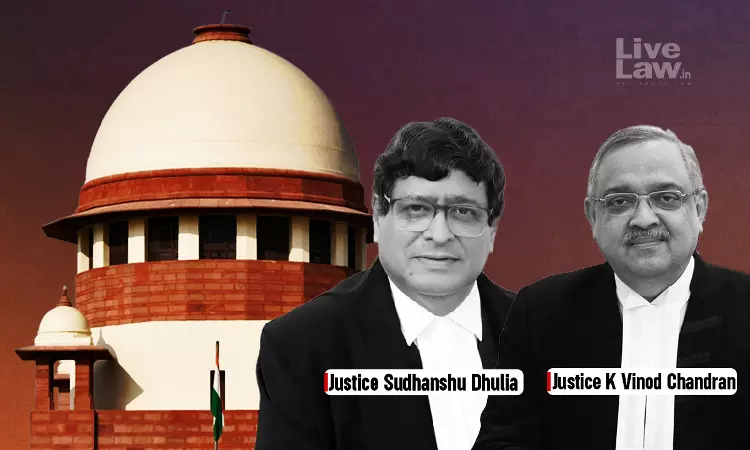'Let Us Make Friends With Urdu & Every Language' : Supreme Court Rejects Challenge To Urdu Signboard In Maharashtra Municipality
Gursimran Kaur Bakshi
15 April 2025 9:51 PM IST

Urdu, like Marathi and Hindi, is an Indo-Aryan language and is not alien to India as it was born and got flourished here, the Court said.
Next Story


